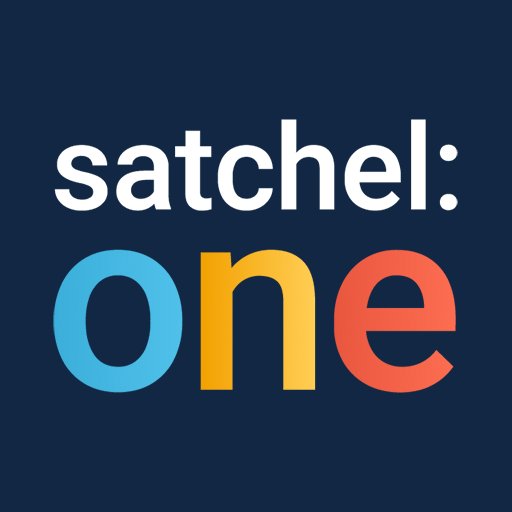Product Design
The study of Product and Building Design at Woodlands School offers the exciting opportunity to be inspired by designers and engaged through its rigorous and practical nature as a subject. Using creativity and imagination, pupils design and make products that solve real and relevant problems within a variety of contexts, considering their own and others’ needs, wants and values. They acquire a broad range of subject knowledge and draw on disciplines such as mathematics, science, engineering, computing and art. Pupils learn how to take risks, becoming resourceful, innovative, enterprising and capable citizens. Through the evaluation of past and present design and technology, they develop a critical understanding of its impact on daily life and the wider world. High-quality design and technology education makes an essential contribution to the creativity, culture, wealth and well-being of the nation.
Click here for our curriculum intent document.
Year 7 Electronic Toy Project
Pupils explore material properties of plastics and manufactured boards, consider sustainability and acquire knowledge about electronic theory whilst following an iterative design process to design, make and evaluate an electronic product for a global brand, through manufacturing processes such as soldering and vacuum forming.
Year 8 Mechanical Toy Project
Pupils explore material properties of woods and manufactured boards, consider sustainability and acquire knowledge about motion and mechanism theory whilst following an iterative design process to design, make and evaluate a wooden product for a global brand through manufacturing processes that involve the use of wood working hand tools and machines.
Drawing Skills Project
Pupils explore the different types of technical drawing skills including isometric, orthographic and point perspective.
KS4 Designing the Built Environment
KS4, we have selected the WJEC Level 1 / 2 architecture qualification ‘Designing the Built Environment’, believing it to provide the most relevant industry skills, including 3D modelling in CAD, and promotes wider ranging career aspirations, covering the following topics.
- Planning requirements for construction projects including the protection given to designated areas, the planning process for construction projects and planning consent considerations.
- Infrastructure and design including map interpretation, utility distribution, and how infrastructure affects design.
- Report writing including use of language, structure and supporting information.
- Using mathematical techniques for construction designs
- echnical drawing and rendering of plans, elevations through the language of drafting.
- 2D CAD drawing and 3D CAD modelling and rendering of construction designs.
- Structures of buildings including functions of building elements, external impacts and suitability.
- Properties of materials, how they can be changed and economic impacts.
- Sustainability of buildings including how forms of energy impact on design, how sustainable materials can be used in constructing buildings, how building materials can be sourced sustainably and how the use of buildings can be made sustainable.
Beyond the Classroom
CAD/CAM club (currently not running due to COVID)
Useful links
KS3 Design & Technology
https://www.technologystudent.com/
https://www.bbc.co.uk/bitesize/subjects/zvg4d2p
https://www.jamesdysonfoundation.co.uk/resources.html
KS4 Designing the Built Environment
https://www.wjec.co.uk/ed/qualifications/designing-the-built-environment-level-1-2/#tab_overview
https://www1.uwe.ac.uk/et/cp/erbe/constructionfilms.aspx
https://expeditionworkshed.org/
http://www.cbelearning.com/students/default.aspx



